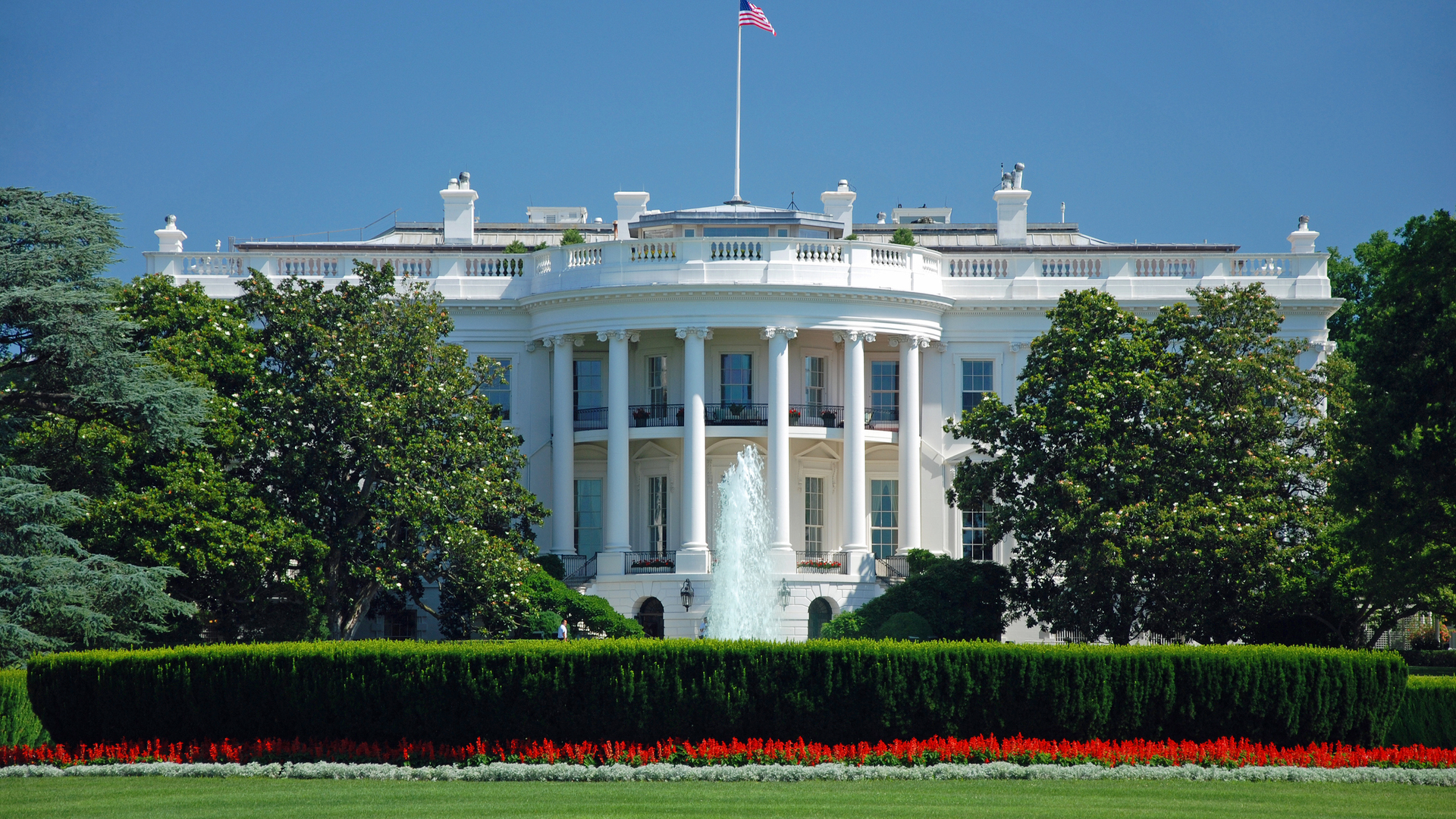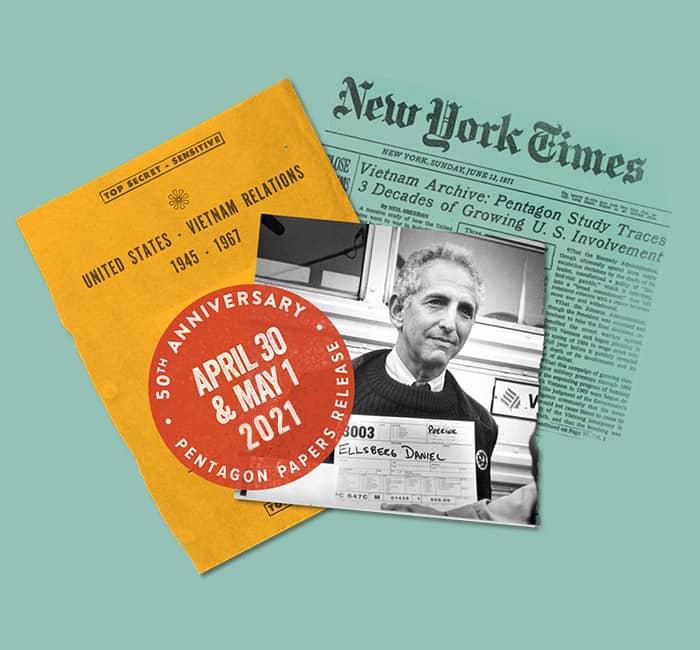Research to Save Lives in Severe Weather
The Paros Center for Atmospheric Research at UMass Amherst leads research to improve the nation’s ability to forecast, plan for, and respond to shifting climate and hazardous weather.
On September 29, 2023, torrential downpours hit the New York City metropolitan area, with more than eight inches of rain falling in some places. States of emergency were declared in New York City and parts of New York State as flash floods hit portions of the region, turning streets into fast-flowing rivers. The storm stranded buses and cars for hours, led to suspended train service, and caused hundreds of canceled flights at LaGuardia and John F. Kennedy International airports. A municipal hospital in Brooklyn was forced to evacuate all patients and staff following a power failure.
"This is unfortunately what we have to expect as the new normal,” New York Governor Kathy Hochul warned residents in the aftermath of the event.
According to Brenda Philips, Paros research professor of electrical and computer engineering at the UMass Amherst College of Engineering, such extreme weather events are occurring with increasing frequency. “With climate change, we’re seeing shifts in both long- and short-term weather hazards that are impacting society and the economy,” she said.
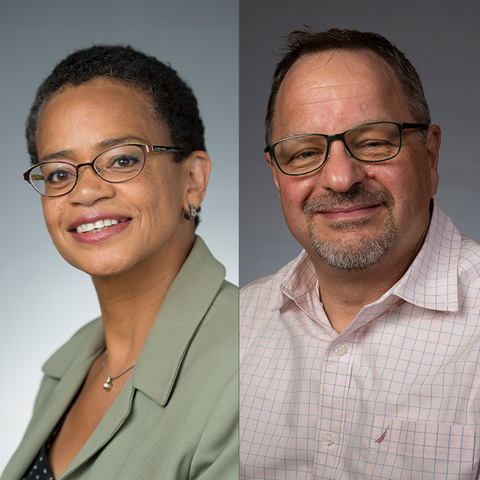
Philips and Michael Zink, Paros professor of geophysical sensing systems in the College of Engineering, co-direct the Paros Center for Atmospheric Researchat UMass Amherst. Building on UMass’s long record of leadership in this field, the Paros Center fosters research that improves the nation’s ability to forecast, plan for, and respond to shifting climate and hazardous weather—ultimately saving lives. The center is supported by a $10 million gift from Jerome ’60 and Linda Paros, awarded in 2022, the largest gift ever received by the College of Engineering.
Faculty, staff, and students at the center conduct interdisciplinary research at the cutting edge of atmospheric sciences, geophysical distributed sensing, and hazard mitigation and warning. "We’re really committed to incorporating societal impacts into our technical research,” Philips noted.
A Foundation of Cutting-Edge Research
For more than two decades, UMass researchers have conducted research to improve weather forecasting and warning systems. In 2003, the Center for Collaborative Adaptive Sensing of the Atmosphere (CASA) was established at UMass as a prestigious National Science Foundation (NSF) Engineering Center with over $40 million in federal, university, industry, and state funding. Led by UMass’s electrical and computer engineering department with involvement from UMass’s Manning College of Information and Computer Sciences, CASA was a partnership with Colorado State University, the University of Oklahoma, the University of Puerto Rico–Mayagüez, and the University of Delaware.
Similar to the Paros Center, CASA led a range of interdisciplinary research projects, bringing together atmospheric scientists, computer scientists, remote sensing experts, and social scientists to develop end-to-end solutions.
"With CASA, we realized it’s not sufficient to build the most state-of-the-art atmospheric observation tool,” said Zink. “It’s necessary to provide information to the public in an understandable and actionable way. That’s where the crucial interdisciplinary aspect of the work comes into play.”
“We’re really committed to incorporating societal impacts into our technical research.”
—Brenda Philips, Paros research professor of electrical and computer engineering
Notably, CASA conducted research in the context of live environments. After the initial 10-year NSF award was up, a core group of faculty at UMass and its partner institutions continued the work. Philips led the establishment of a living laboratory in the Dallas–Fort Worth Metroplex, centered around the operation of a network of high-resolution CASA radars.
This living lab continues to be used today by the Paros Center and other researchers and agencies, including the National Weather Service, which sees the data in real-time and uses it to inform tornado and flash flood warnings. Local emergency and stormwater managers also use the data for flood risk monitoring and response.
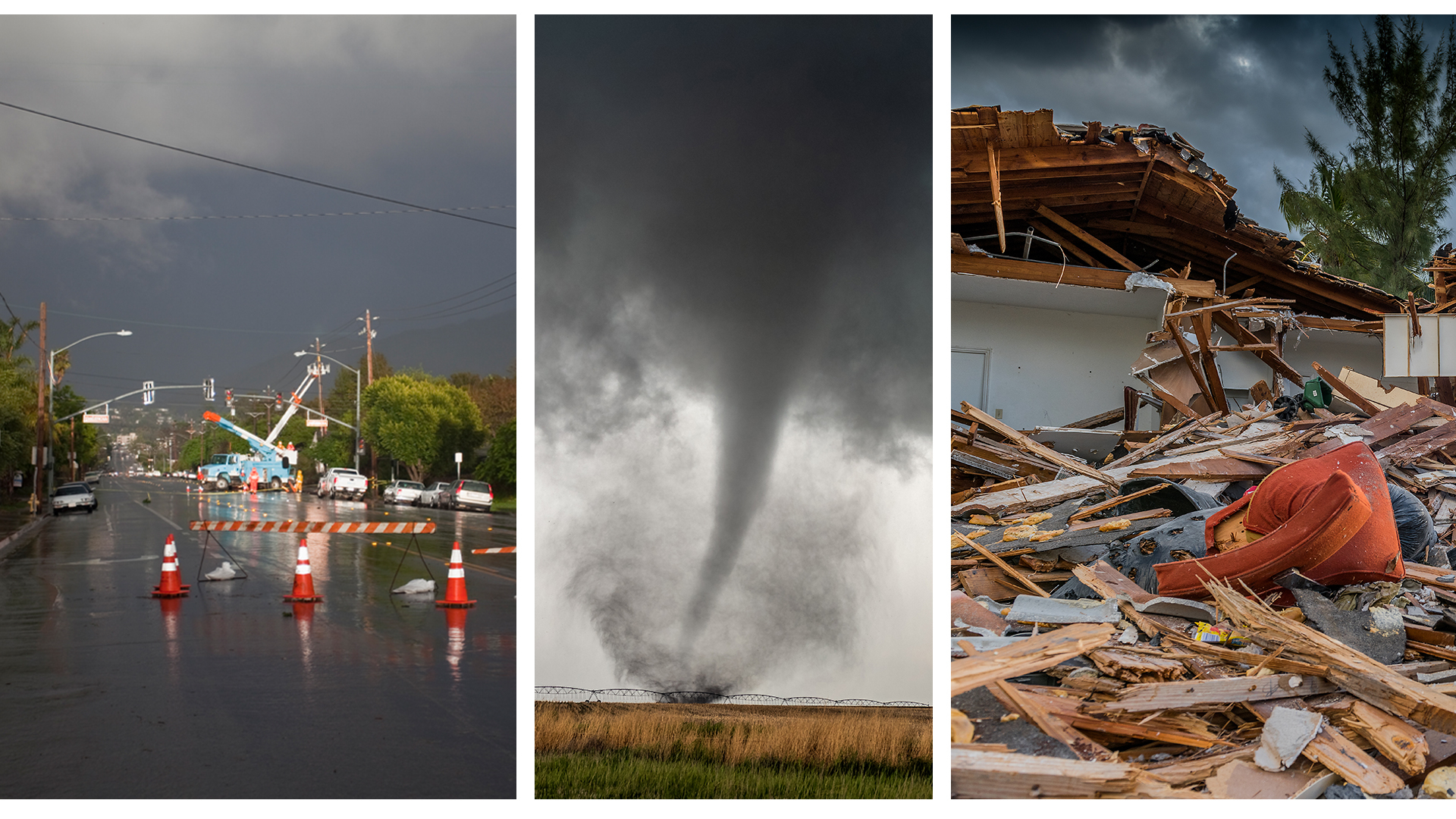
"Through collaboration with stakeholders, we receive feedback on the data that inspires new research,” explained Philips.
The 2022 Paros gift enables UMass to expand upon CASA’s work, bringing in additional researchers from across UMass to introduce new perspectives and expertise. For instance, CASA addressed the efficient use of computational resources for processing and modeling weather data in real-time, while Zink’s research focuses on the prompt and dependable allocation of cloud computing and communication resources to generate short- and long-term weather forecasts—a dynamic method that is even more efficient at forecast computations.
“Where CASA’s focus was on flash floods, tornadoes, and severe weather, with the Paros Center, we can broaden the scope of this work to address climate, resiliency, and other types of weather phenomena,” said Philips. “To that end, the Paros Center is involving other experts at UMass, including climate scientists in the College of Natural Sciences, water resources experts in the College of Engineering, and transportation engineers at the UMass Transportation Center.”
Atmospheric Research with Societal Impact
AI and machine learning are emerging components of the Paros Center’s work on multiple fronts.
“Recently, we’ve begun studying how machine learning can enhance the quality and accuracy of forecasts, and improve how quickly forecasts can be generated,” said Zink. “Speed is of the essence in giving the public and emergency managers the greatest lead time to prepare for severe weather. A good example can be found in Japan, where they have automated systems that shut off high-speed trains when a weather event is forecasted.”
HongKun Zhang, a professor in the UMass Department of Mathematics and Statistics, was recently awarded an NSF grant to create mathematical models of an individual’s movement patterns—their geographic footprint—giving insights into people’s unique risk during weather hazards.
“If we could anticipate people’s movement patterns, that would allow us to provide very detailed and relevant warnings for extreme weather,” said Philips, who is co-principal investigator on the grant. “We know that the more specific and personalized warnings are, the more likely people are to heed them.”
The Paros Center is also investigating ways to improve forecast sensing, including evaluating sensors that can detect fine-grained changes over specific areas, said Zink. Since 2011, UMass researchers have studied highly sensitive infrasound sensors produced by Paroscientific, Inc., which detect changes in pressure associated with geophysical and atmospheric events like tornadoes, earthquakes, and tsunamis.
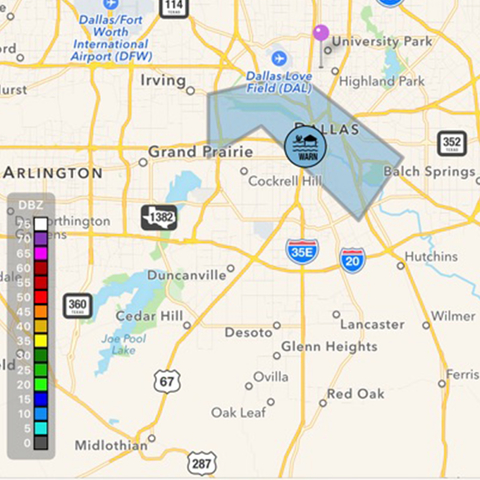
Some of Paros Center’s research continues to be conducted in testbed environments. For example, CityWarn is a next-generation warning and prediction platform currently being tested in the Dallas–Fort Worth metroplex. It creates personalized alerts based on developing weather conditions and the needs of the individual or object, such as a self-driving car, and sends them via app, email, text message, or an application programming interface.
CityWarn also provides targeted weather alerts for the emerging unmanned aerial vehicle industry through projects with Bell Textron and NASA's Advanced Air Mobility national campaign. “It helps us get our research out into operations and industry," explained Philips.
Expanding Into New Areas
As of early 2024, Paros Center is preparing to award its first round of pilot grants to interdisciplinary teams of researchers at UMass working on atmospheric research and weather/climate systems that can lead to societal benefits.
As the center’s network of researchers grows, it plans to hold seminars to facilitate sharing of knowledge. Information on the latest developments across multiple disciplines related to the center’s work is incorporated into the UMass undergraduate curriculum, and the center also hosts a cadre of undergraduate interns and graduate research assistants who contribute to research projects.
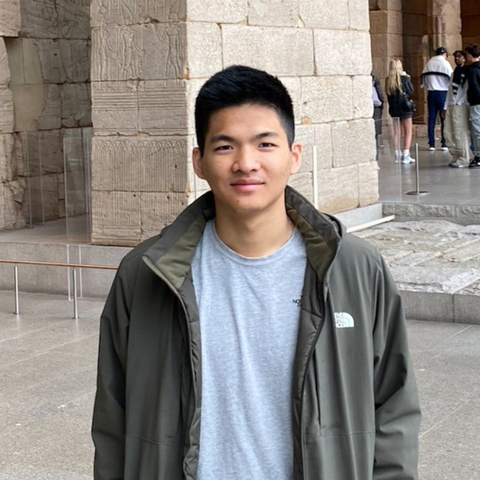
Tristan Liang, an electrical engineering major from Taiwan, is an undergraduate student researcher at the Paros Center. He helped design and build a Paros box, a sensor that measures infrasound signatures that originate from starting and landing aircraft. These vortices present safety concerns for other aircraft; however, no small form-factor systems exist to measure the dissipation of these vortices, which is crucial for determining when it is safe for subsequent aircraft to take off or land.
The sensor Liang co-developed and implemented was deployed at an airport to explore the feasibility of measuring these vortices and their dissipation. Using skills he learned in his electrical engineering courses at UMass, he created a code to visualize data from the box and equipped it with software that enables remote data downloading. “This allowed me to apply theoretical knowledge in real-life practice, and deepened my understanding of concepts,” Liang said.
He has also helped the center deploy a Paros box in the Huisun Forest in his native Taiwan—an area that is extremely active with earthquakes.
“We are studying the changes in barometric data following earthquakes," Liang explained. "Additionally, we are discovering the impact of typhoons from the Pacific Ocean during the summer, as our data might capture their effects.” Liang even helped to make the Paros box monkey-proof to prevent break-ins by macaques.
Liang said his work with the Paros Center has helped him understand research processes and enhanced his skills in building and signal processing, which he believes will be valuable in his intended future career at an engineering company.
“There are many opportunities for students to get involved and learn about this work,” said Zink. “We hope to train the next generation of scientists and scholars working at the forefront of addressing challenges posed by changing climate and weather.”
This story was originally published by University Relations.
- Magnify Impact
- College of Engineering


